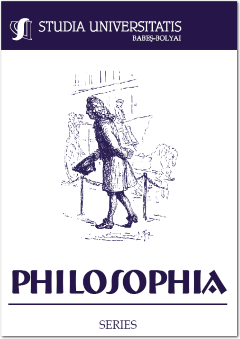GEORG LUKÁCS IN THE LABYRINTH OF COEXISTENCE
GEORG LUKÁCS IN THE LABYRINTH OF COEXISTENCE
Author(s): Cristian NichiteanSubject(s): Metaphysics, Contemporary Philosophy, Marxism, History of Communism
Published by: Studia Universitatis Babes-Bolyai
Keywords: Coexistence; Marxism; irrationalism; Stalinism; democratization; socialism;
Summary/Abstract: This text attempts to trace the evolution of the political and philosophical thought of Georg Lukács, after his magnum opus History and class consciousness, as well as the influence that historical events had on this evolution. Against the dominant consensus that dismisses Lukács’s late work as an effect of his alleged “reconciliation with reality”, I argue that the line of continuity in his thought was the idea of peaceful coexistence, derived from the objective conditions – the isolation of the Soviet Union and the stabilization of Western capitalism. So, rather than explaining his choice to defend coexistence, or “socialism in one country” as a consequence of his reconciliation with, or surrender to Stalinism, one should see his compromise with Stalinism as a consequence of this choice. His commitment to the coexistence thesis shaped his final version of Marxism in a number of ways. From a political perspective, a readjustment of the temporal scale of the transition to socialism in post-revolutionary society constrained him to advocate a more realist strategy that combined revolutionary movements with evolutionary processes – this was reflected in his option for the Popular Front strategy and later in his support for the Western pacifist movements. His late philosophical work also bears the marks of this enduring political choice.
Journal: Studia Universitatis Babes-Bolyai - Philosophia
- Issue Year: 66/2021
- Issue No: 2
- Page Range: 55-80
- Page Count: 26
- Language: English

